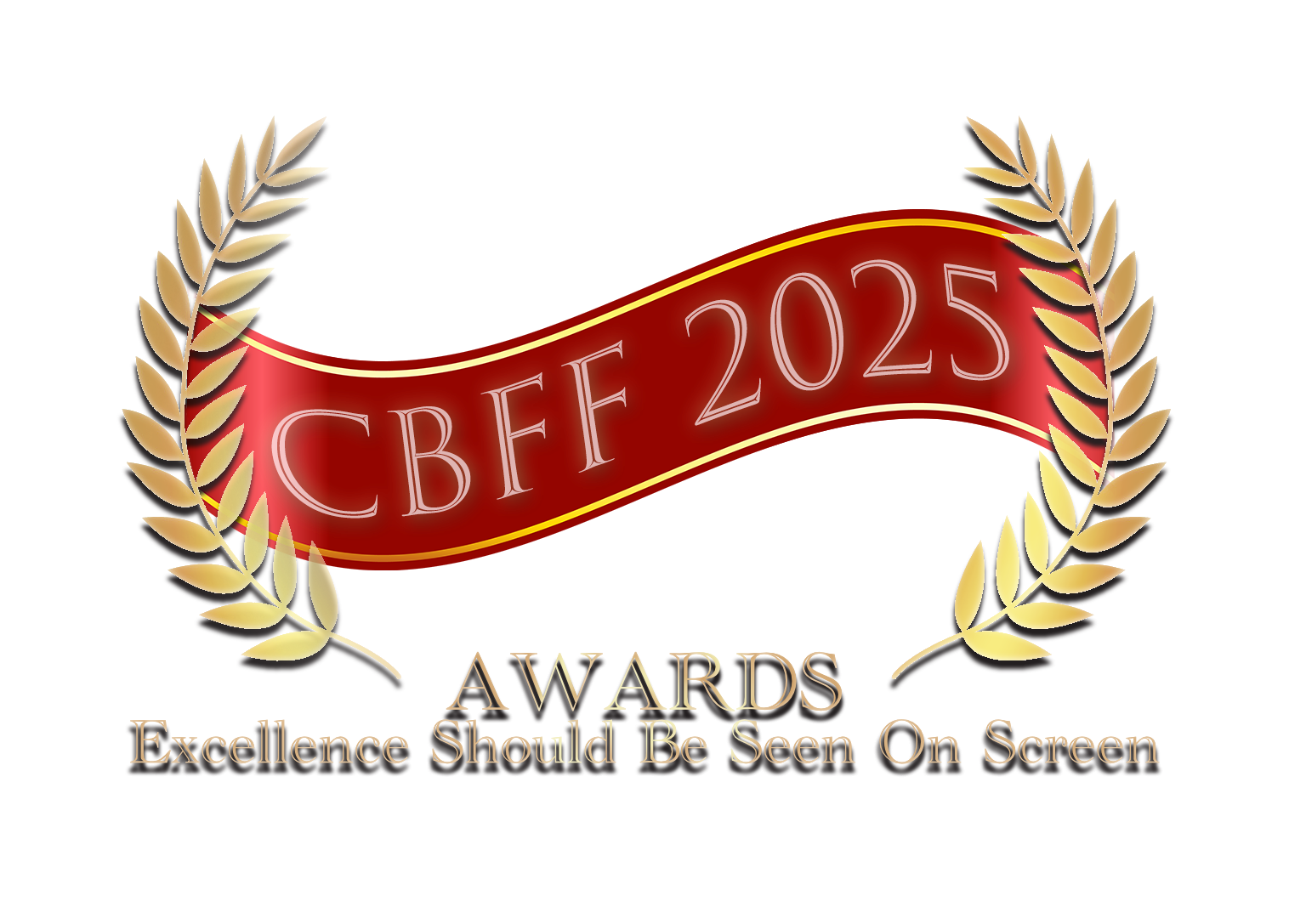Mae Ice Breath yn ffilm arbrofol, 43 munud o hyd, mewn du a gwyn gan y ffotograffydd a'r gwneuthurwr ffilmiau Leonard Alecu, wedi'i chysegru i'r rhewfryniau sy'n toddi oddi ar arfordir dwyreiniol yr Ynys Las. Mae newid hinsawdd a balchder dynol wrth wraidd y ffilm hon, sy'n croesi genreau. Wedi'i chuddio fel dogfen, mae Ice Breath yn draethawd wedi'i ffilmio ar ymddangosiad a marwolaeth, ar ddod i fodolaeth a dadfeilio, ar ddifodiant a genesis. Mae'n ddogfen ffeithiol fanwl o'r rhewfryniau sy'n toddi, wedi'i pharu â chwiliad hollol drawssefydlogol. Mae'r ffilm yn ddamhegyn am fregusrwydd bywyd, gyda'r dyhead diddiwedd am berffeithrwydd absoliwt yn datblygu yn ei chefndir.
Mae gan Leonard Alecu radd meistr mewn microelectroneg. Yn ddiweddarach, trodd yn radical tuag at ffotograffiaeth, gan dynnu ysbrydoliaeth o'r traddodiad mawr Americanaidd o ffotograffiaeth du a gwyn sy'n gysylltiedig â'r Ysgol Edward Weston. Daeth ei arbrofion wrth gynllunio dulliau, gweithdrefnau, ac offerynnau ffotograffig agosach at yr angen i ddogfennu, ar ffilm, brotocolau soffistigedig ei allbwn ffotograffig. Mae ei ddewis unigryw o ffotograffiaeth a sinematograffi du a gwyn yn cyd-fynd â phwnc unigryw ei ymgyrchoedd - y Gogledd eithafol. Ar y dechrau, roedd yn ymwneud â Gwlad yr Iâ, ac o 2015 tan 2024, cafodd Leonard Alecu ei amsugno'n llythrennol gan y dirwedd forol ddramatig, er yn ymddangos yn undonog, oddi ar arfordir yr Ynys Las. Yn fwy na'r ffotograffiaeth, cyrhaeddodd y ffilm graidd y profiad byw o'r Gogledd eithafol: datguddiad syfrdanol o'r rhewfryniau enfawr yn arnofio o gwmpas, yn toddi'n araf fel petai mewn mynwent wych o gewri rhewllyd. Mae harddwch eithaf yn arwydd o golled.
Nid yw Leonard Alecu yn wneuthurwr ffilmiau sydd â diddordeb mewn tirweddau. Mae ei darged y tu hwnt i'r amgylchoedd gweladwy. Mae naratif anffurfiol yn ffilm Leonard Alecu. Mae Ice Breath yn cyflwyno pob rhewfryn a bortreadir yn y ffilm fel "dramatis personae", cymeriad unigol, gan archwilio am funud ei nodweddion, ei symudiadau a'i hwyliau, a'r ffordd unigryw y mae'n wynebu'r cefnfor, y cymylau, a'r niwl. Arweiniodd coreograffi hynod y cyrff rhewllyd sy'n marw Leonard Alecu i ymgysylltu mewn perthynas beryglus, lefel nesaf gyda'i bwnc dewisol: dechreuodd ffilmio'r rhewfryniau mor agos â phosibl, heb dronau, o'r cwch bach a yrrwyd gan heliwriaid Inuit, yn agos at y masau rhew sy'n hollti'n gyflym. Mae Leonard Alecu yn llythrennol yn dawnsio gyda'r rhewfryniau marwol. Daeth y dewis hwn â chymeriad arall, bron yn anweledig, i'r ffilm - yr awdur ei hun, y mae ei lygad a'i gamera yn y pynciau gwirioneddol sy'n ymyrryd yn ballet olaf y rhewfryniau. Mae syndod yr awdur o flaen ei gymeriadau dewisol yn sylwedd dramatig priodol y ffilm ac yn ei throi'n bortread o berfformiad beiddgar yn nyfroedd anodd Cefnfor yr Arctig.
Fodd bynnag, nid oes dim o gamp eithafol yn Ice Breath. Yn lle hynny, er bod pob munud o'r gerdd sinematig yn berfformiad byw, mae'r effaith weledol yn freuddwydiol ac arallfydol, fel petai'n daith y tu mewn i ganfyddiad hollol fetaffisegol o realiti. Mae effaith gronnol y deunydd ffilm agos yn cyfleu i'r gynulleidfa ymdeimlad o lif araf, tragwyddol o ddifodiant a genesis. Mae'r effaith hypnotig yn cael ei chwyddo gan y trac sain Become Ocean gan John Luther Adams (Gwobr Pulitzer, 2014; Gwobr Grammy, 2015, am gyfansoddiad clasurol). Mae cerddoriaeth a ffilm yn cyd-fynd yn berffaith wrth gyfleu taith fodolaethol mewn dolen, o genesis i ddifodiant. Yn awgrymog, ecsstatig, a mystig, mae Ice Breath miniog a di-gyfaddawd Alecu yn adfer genesis allan o ddifodiant, wrth i lawenydd a galar lifo o'i ymagwedd epidermig at y cewri rhewllyd sy'n marw.
Ice Breath is an experimental, 43-minute black-and-white movie by photographer and filmmaker Leonard Alecu, dedicated to the melting icebergs off the eastern coast of Greenland. Climate change and human hubris lie at the core of this movie, which transgresses genres. Cloaked as a documentary, Ice Breath is a filmed essay on appearing and perishing, on becoming and decaying, on extinction and genesis. It is a thoroughly factual documentation of the melting icebergs, paired with an entirely transcendental quest. The film is a parable of life's fragility, against the backdrop of which develops the unending aspiration for absolute perfection. Leonard Alecu has a master's degree in microelectronics. Later, he radically turned toward photography, drawing inspiration from the grand American tradition of black-and-white photography associated with the School of Edward Weston. His experiments in conceiving methods, procedures, and photo instruments brought him closer to the need to document, on film, the sophisticated protocols of his photographic output. His exclusive choice of black-and-white photography and cinematography matches the unique subject of his campaigns - the extreme North. At first, it was Iceland, and starting in 2015 until 2024, Leonard Alecu was literally absorbed by the dramatic, although apparently monotonous, seascape off the coast of Greenland. More than the photography, the film reached the kernel of the lived experience of the extreme North: a breathtaking revelation of the enormous icebergs drifting around, slowly melting as if in a sublime cemetery of frozen giants. Ultimate beauty is a token of loss. Leonard Alecu is not a filmmaker interested in landscapes. His target is beyond the visible surroundings. There is an inchoate narrative in Leonard Alecu's movie. Ice Breath introduces each and every iceberg portrayed in the film as "dramatis personae", an individual character, exploring for a minute its traits, its moves and moods, and the distinctive way it confronts the ocean, the skies, and the fog. The mesmerizing choreography of the dying, icy bodies led Leonard Alecu to engage in a dangerous, next-level relationship with his chosen subject matter: he started to film the icebergs as close as possible, without drones, from the small boat piloted by Inuit hunters, in the proximity of the rapidly splitting ice masses. Leonard Alecu literally dances with the lethal icebergs. This choice introduced another, almost invisible, character in the movie - the author himself, whose eye and camera are the actual subjects interfering in the final ballet of the icebergs. The author's awe in front of his chosen characters is the proper, dramatic substance of the film and turns it into the rendering of a daring performance in the tricky waters of the Arctic Ocean. However, there is nothing of an extreme sport in Ice Breath. Instead, although every minute of the cinematic poem is a lived performance, the visual effect is dreamy and otherworldly, as if a trip inside a thoroughly metaphysical perception of reality. The cumulative effect of the close-up footage conveys to the audience the sense of a slow, eternal flow of extinction and genesis. The hypnotic effect is amplified by the soundtrack Become Ocean by John Luther Adams (Pulitzer Prize, 2014; Grammy Award, 2015, for classical composition). Music and film perfectly fit each other in conveying an existential voyage in a loop, from genesis to extinction. Alluding, ecstatic, and mystical, Alecu's sharp and uncompromising black-and-white Ice Breath retrieves genesis out of extinction, as joy and sorrow ooze from his epidermic approach to the dying ice giants. Erwin Kessler


